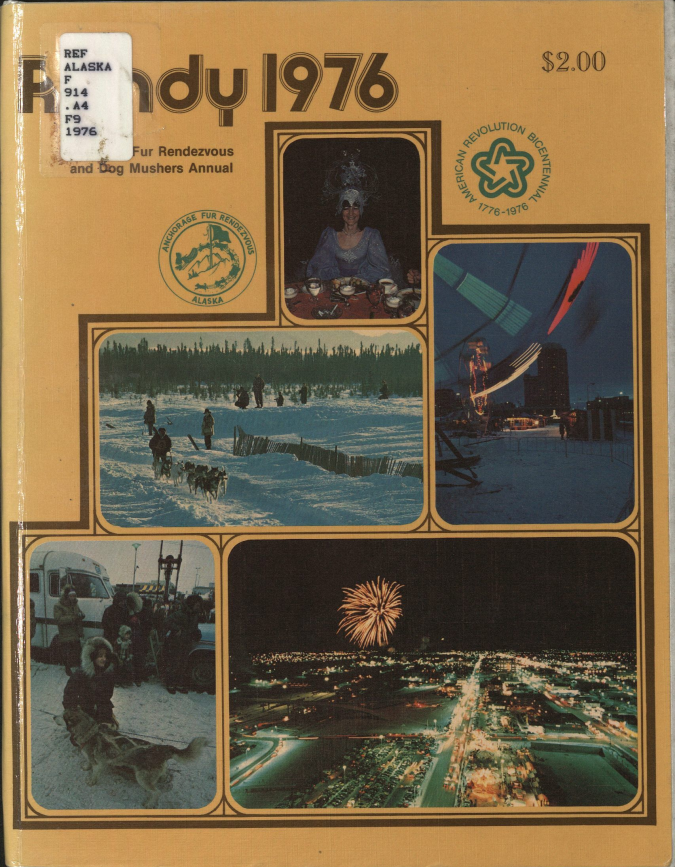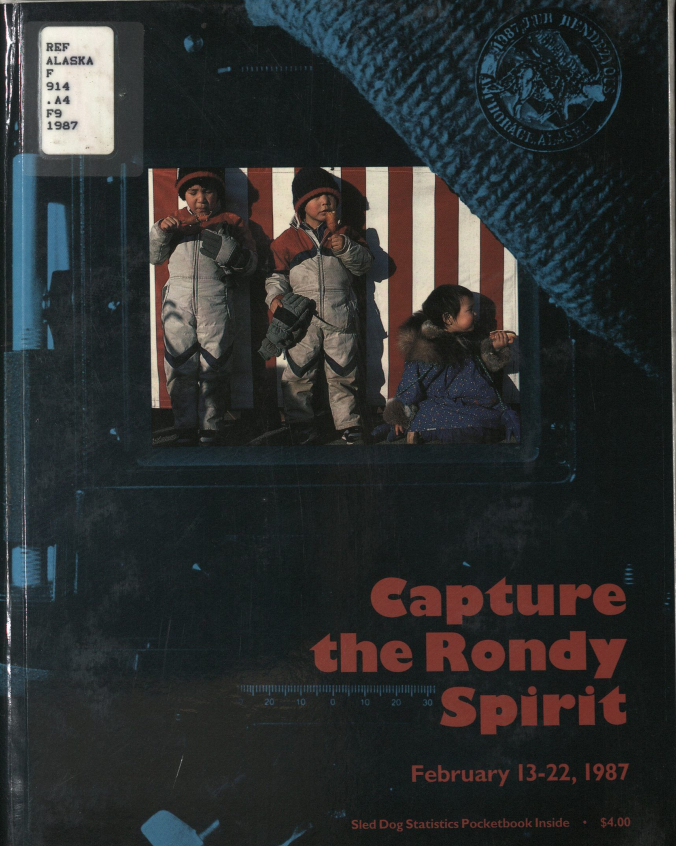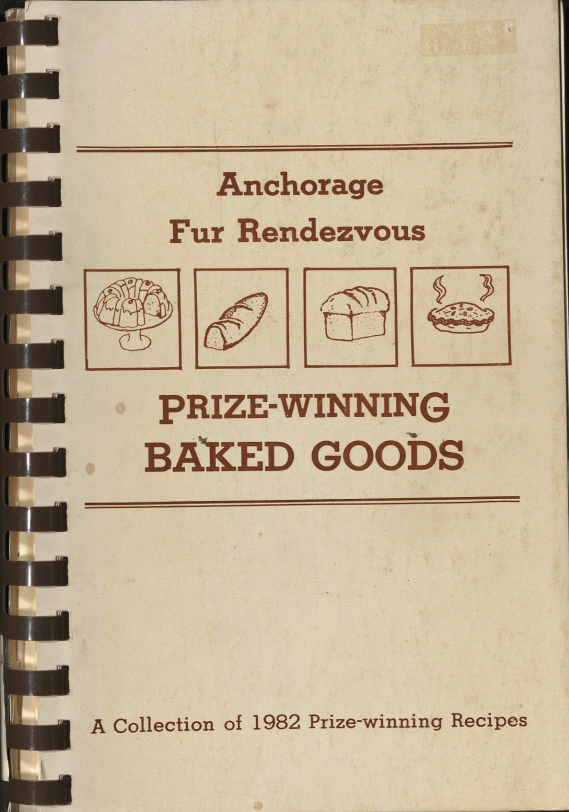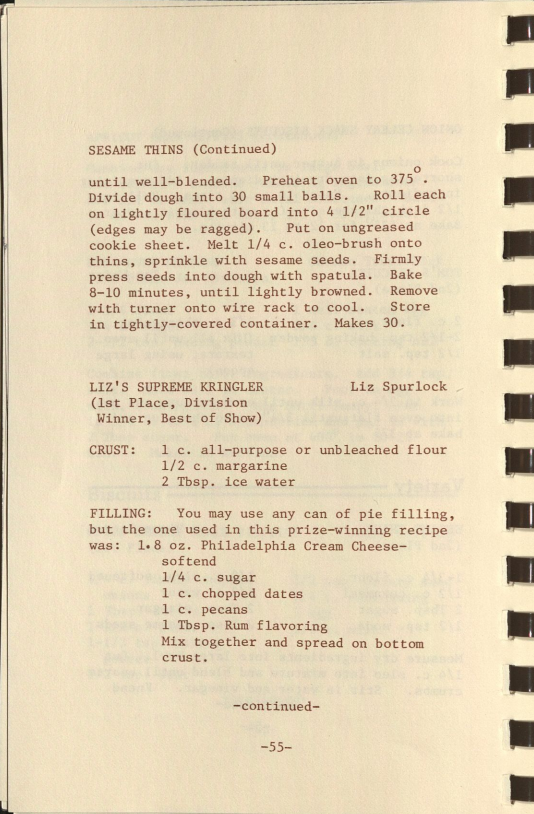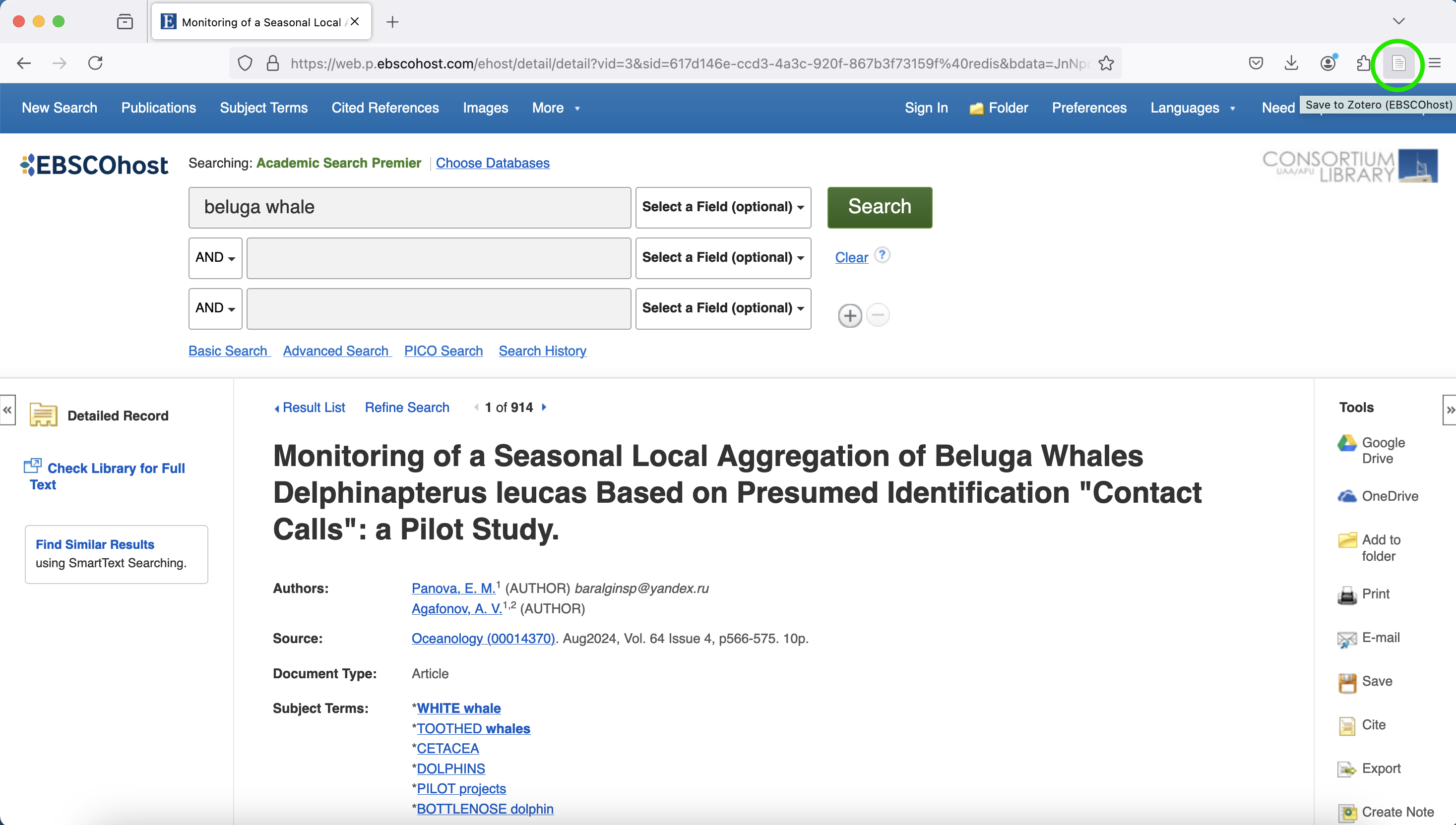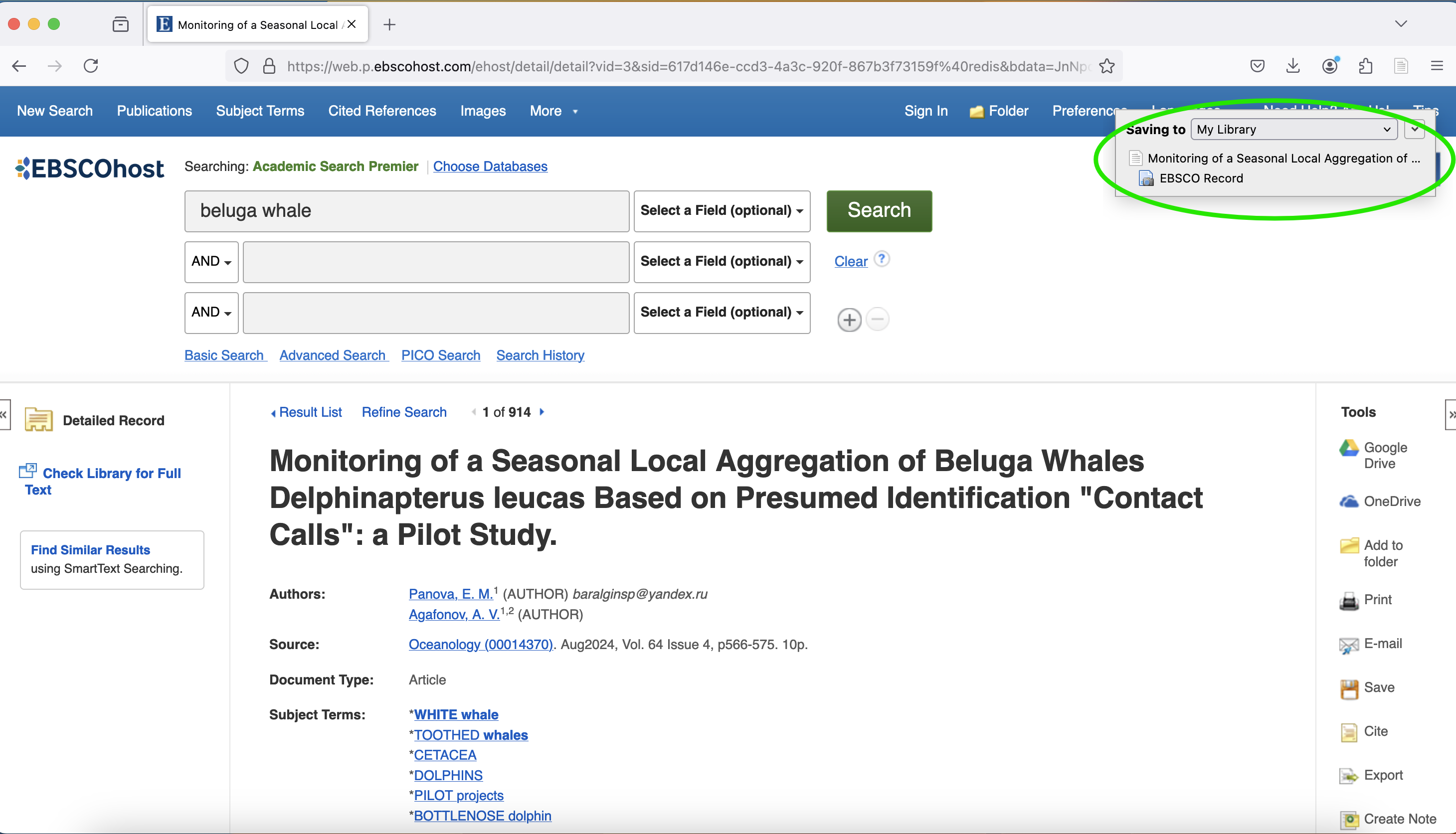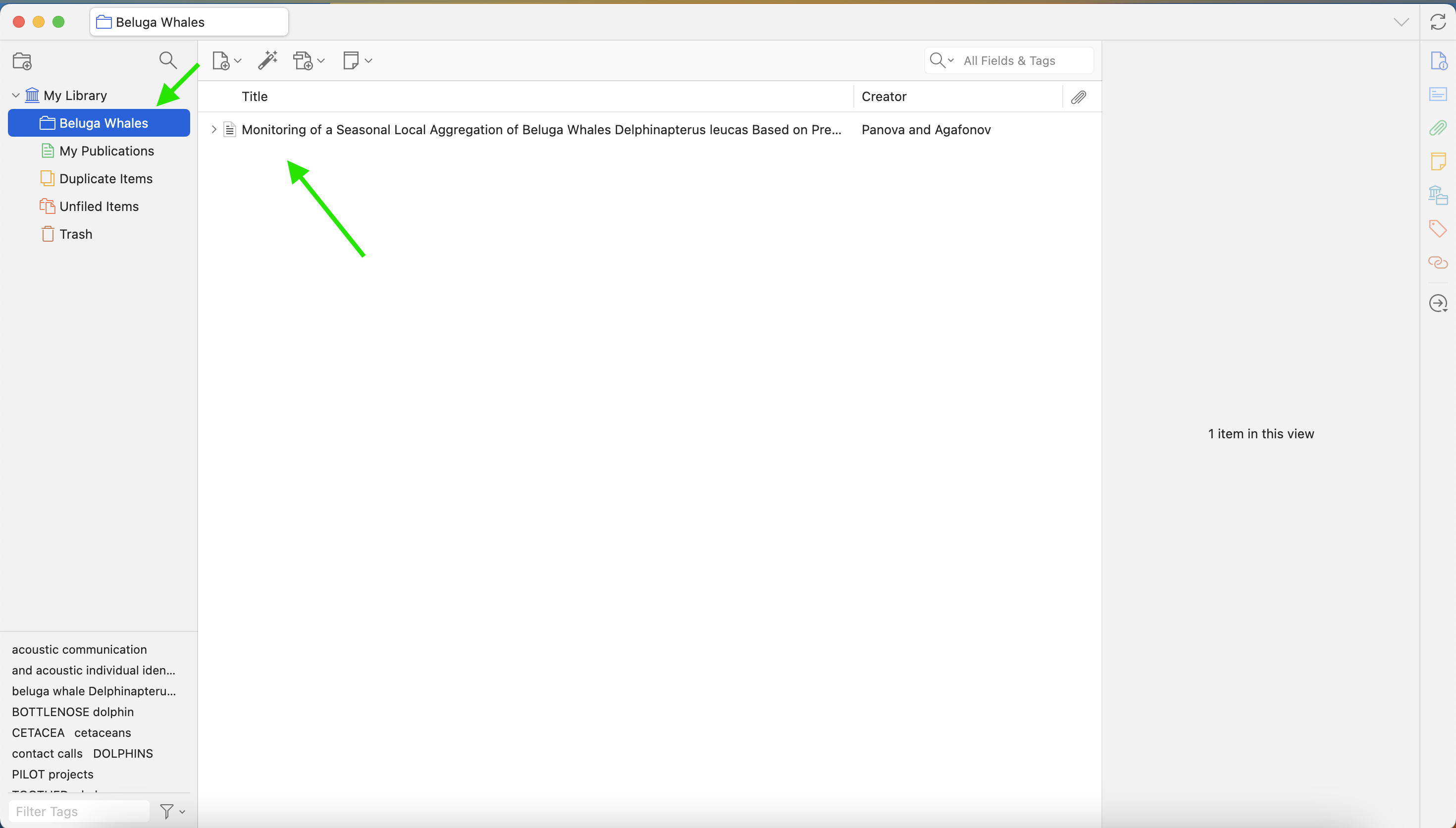Winterfest kicked off this week at UAA! Winterfest features lots of different activities on campus and around Anchorage – and it has us thinking more about the winter celebrations in Alaska – we’re highlighting a few of them here on the blog!
Kivgiq (Messenger Feast) has been celebrated by the Inupiaq for centuries. Kivgiq would be hosted by a whaling captain who would send kivgak (messengers) to invite other nearby communities to participate. The celebration would include an exchange of gifts, trading of goods, dancing, and storytelling, building relationships between communities. In the early 20th century, previous iterations of the festival were discontinued – although it’s not entirely clear why, it was likely due to the collapse of commercial whaling after 1915, pressure from missionaries to abandon traditional practices, the flu epidemic, and later the Great Depression (Ikuta 347-8).
In 1987, the North Slope Borough Mayor George Ahmaogak Sr. began a revitalization effort. He and other elders were concerned about the potential loss of cultural practices and values in the face of increased Westernization and assimilation policies in the 20th century, so they sought to create an event that could lift the spirits of the community. After collecting interviews about Kivgiq traditions from elders and researching oral history and ethnographic sources, a new iteration of the celebration debuted in 1988 (Ikuta 344). You can see a video from that celebration – the first in 70 years – below!
Now, Kivgiq is celebrated at the discretion of the North Slope Borough Mayor – and they celebrated most recently this year! Read more about Kivgiq and the impact that its revitalization has had in Utqiagvik in the article Iñupiaq pride: Kivgiq (Messenger Feast) on the Alaskan North Slope, written by Hiroko Ikuta, which you can access through the UAA/APU Consortium Library databases.
Ayyu Qassataq, who earned an M.A. in Rural Development from UAF, also wrote about Kivgiq, among other dances and ceremonies in her Master’s project When Uŋalaqłiq danced: stories of strength, suppression & hope. She explores the historical factors that led to cultural traditions no longer being practiced in Uŋalaqłiq (Unalakleet) with the goal of understanding how to “lay a foundation to promote healing and strength through the potential revival of ancestral traditions” (2). In her work, she writes about the revitalization of Kivgiq in Utqiagvik and Nuurvik and how understanding those efforts might aid in community healing in Uŋalaqłiq. You can read her project and browse those of other students through Scholarworks @ UA.
References for this post:
Ikuta, Hiroko. “Iñupiaq Pride: Kivgiq (Messenger Feast) on the Alaskan North Slope.” Études/Inuit/Studies, vol. 31, no. 1/2, 2007, pp. 343–64. JSTOR, http://www.jstor.org/stable/42870252. Accessed 20 Feb. 2025.
Qassataq, Ayyu. When Uŋalaqłiq Danced: Stories of Strength, Suppression & Hope. 2020. University of Alaska Fairbanks, Masters Project.

